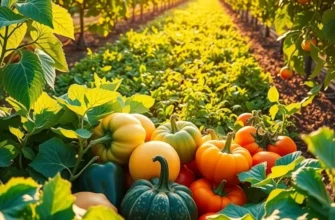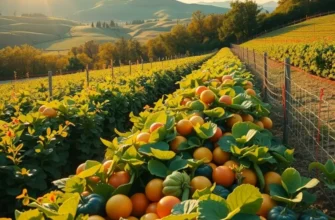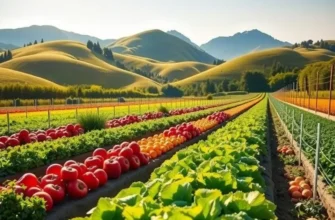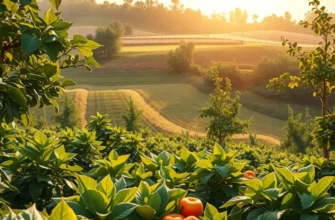Making sustainable diet shifts is essential for environmentally-conscious individuals seeking to minimize their ecological footprint. These food choices not only cater to personal health but also play a crucial role in protecting our planet. From reducing meat consumption to embracing seasonal produce, every decision counts. This guide aims to provide practical tips, inspiring insights, and manageable strategies to help you adopt a more sustainable lifestyle through your diet choices. Let’s reinvent our plates for a greener future.
The Power of Plant-Based Eating
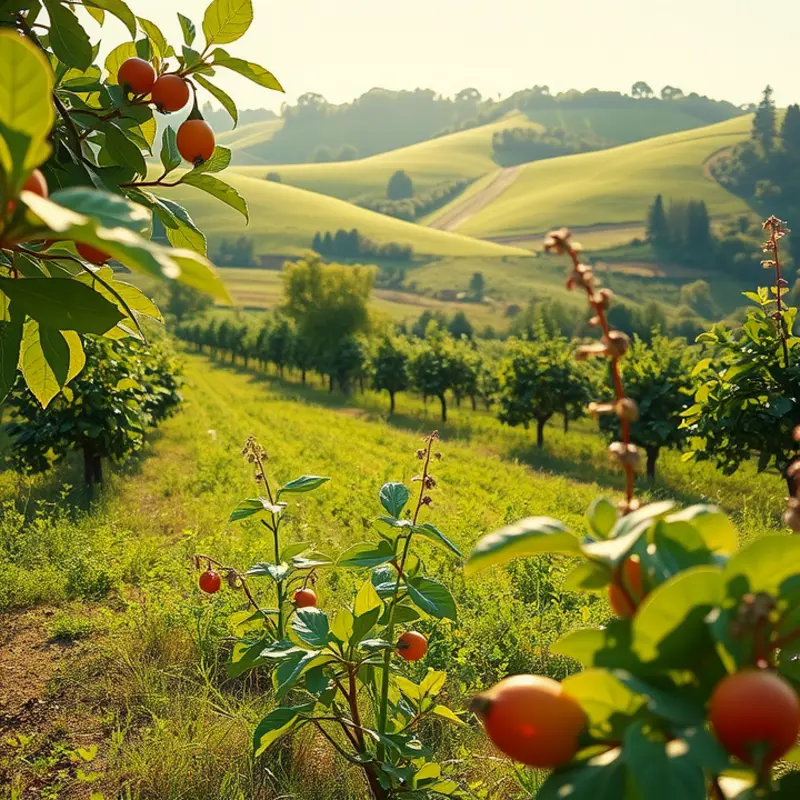
Integrating more plant-based foods into one’s diet offers a myriad of benefits, both for personal health and the environment. Making the switch doesn’t have to be radical; it can start with small adjustments such as adopting Meatless Mondays or trying plant-based recipes. By gradually reducing meat intake, you can significantly lower your carbon footprint and discover a vibrant world of flavors and textures.
Meat production has a substantial environmental impact. The livestock industry is one of the leading contributors to greenhouse gas emissions. It also demands extensive water usage and leads to deforestation. Shifting even a portion of your diet to plant-based alternatives can contribute to a more sustainable future.
Beginning your eco-friendly journey can be as simple as swapping traditional proteins for hearty legumes like beans and lentils. These options are rich in protein, fiber, and a host of micronutrients, making them excellent substitutes for meat. Adding tofu or tempeh to your meals is another way to enhance flavor and nutrition. These soy-based products are versatile, able to absorb different seasonings and complement a wide range of cuisines.
For those hesitant about transitioning, start small by replacing meat in your favorite dishes with plant-based proteins. Instead of beef tacos, try using spiced black beans or chickpeas. If you enjoy pasta, consider a vegetable-based sauce, rich in tomatoes and basil, to pair with your noodles.
Experimenting with plant-based recipes can open up a world of culinary possibilities. You can savor the creamy goodness of cashew-based sauces or discover the umami of grilled mushrooms. These alternatives are not just replacements; they bring unique tastes and textures that can turn meals into exciting experiences.
To ease the transition, consider practical resources and meal prepping techniques. Practical Ingredient Batching is a helpful approach to planning and preparing plant-based meals. By batching ingredients and meals ahead of time, you can reduce waste and streamline your cooking process, making it easier to maintain a plant-based lifestyle.
Additionally, experimenting with different spices and herbs can enhance dishes without the need for meat. Try seasoning your vegetables with a blend of cumin, coriander, and paprika to replicate the smoky essence often associated with grilled meats. These small changes in your culinary habits can expand your palate, offering renewed health benefits and a deeper connection to sustainable living.
By embracing a plant-based diet, not only will your health thrive, but so too will the planet, creating a deliciously sustainable cycle that benefits all.
Seasonal and Local: Eating in Rhythm with Nature
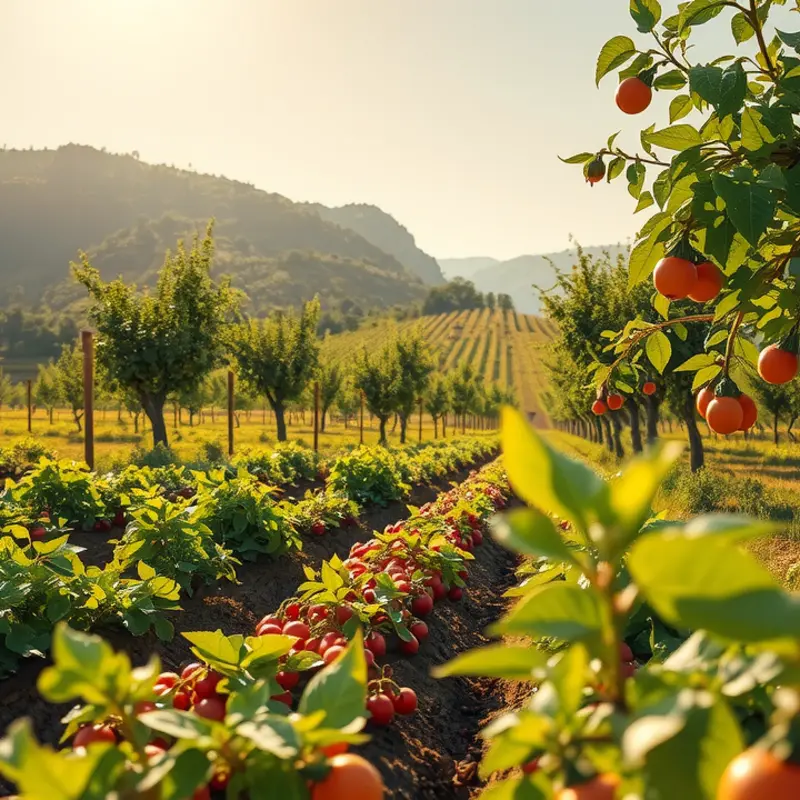
Embracing seasonal and locally-sourced foods enhances sustainability and enriches your diet with vibrant flavors. Opting for foods grown close to home drastically reduces the carbon emissions associated with long-distance transportation and energy-intensive storage. When produce doesn’t have to travel thousands of miles, the environment benefits alongside your taste buds.
Understanding Seasonal Produce
Eating seasonal foods means selecting fruits and vegetables at the peak of their natural growth cycle. Not only do these items taste fresher, but they also carry more nutrients. Seasonal produce is typically less expensive due to local abundance, making it a cost-effective choice as well. To identify what’s in season, consult resources like local agricultural extension services or local food guides that outline harvest times for various products.
Shopping Locally
Farmers’ markets are ideal venues for accessing seasonal and local foods. These markets feature products directly from farmers, ensuring freshness and supporting the local community. Engaging with vendors provides insights into farming practices, offering transparency and trust that supermarkets often lack. Don’t hesitate to ask about products, including how to cook unfamiliar vegetables or how to store them properly for maximum longevity—explore Eco-Smart Kitchen Storage for more storage tips.
Ecological Benefits and Community Support
By choosing local, you invest in your community’s economic health. More of your money stays within the local economy, supporting families and enhancing job security. Small-scale farms often employ more sustainable practices, reducing pesticide use and protecting biodiversity. As a consumer, your choices play a role in nurturing these eco-friendly practices. By lessening the demand for produce grown far away, you help decrease harmful carbon emissions from storage facilities and transportation.
Meal Planning with Seasonal Foods
Planning meals around seasonal and local products melds sustainability with culinary creativity. Start by identifying a few key ingredients that are in season, then explore recipes that spotlight these items. This not only enriches your meals but also encourages cooking innovation and minimizes food waste. Adapting to local food availability can lead to healthier eating habits and a deeper connection with natural rhythms.
By aligning your diet with the seasons, you indulge in nature’s bounty while supporting sustainability efforts. With each bite, you partake in a collective effort to promote a healthier, more resilient world. Let the natural cycle guide your diet, and you’ll enjoy enhanced flavors, vibrant nutrients, and the satisfaction of nurturing both the environment and your community.
Final words
Embracing sustainable diet shifts not only nurtures your body but also fosters a healthier planet. By simply opting for plant-based meals and supporting local agriculture, you can significantly reduce your environmental impact. Each small change contributes to a larger movement toward sustainability. As you navigate this journey, remember that every meal is an opportunity to vote for the world you want to see. Whether it’s dining on seasonal produce or exploring delicious vegan dishes, you are making a difference. The path to sustainability begins on your plate—let it reflect the values that matter to you and our planet.



